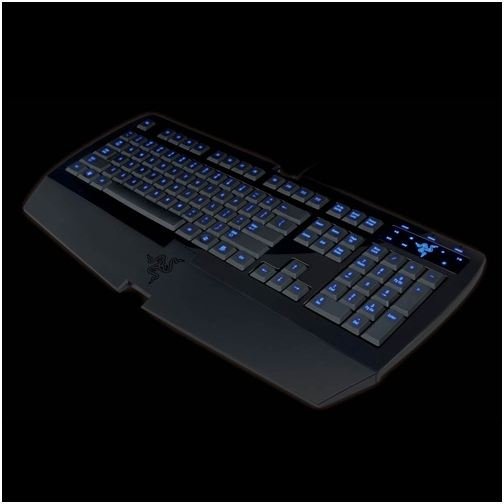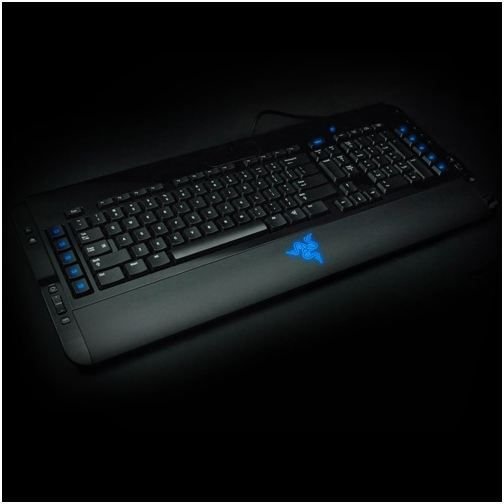Best Razer Keyboard - Tarantula vs Lycosa
Razer currently offers several gaming peripherals and in this article we compare two of their best keyboards - the Tarantula and the Lycosa. Initially the Tarantula was more expensive, but now both keyboards can be had for under $70 on most online shopping portals. Choosing the right keyboard comes down to your usage patterns, requirements and desk space. To aid in choosing the right keyboard let’s compare the features offered by the two.
The Tarantula - Features
The Tarantula has 10 dedicated macro keys that you can program to perform a wide variety of tasks, from reloading your gun during a deathmatch to jumping to a part of the screen while playing RTS games. It also features an anti-ghosting capability. What that essentially means is that you may press multiple keys at once and have all of them register on your PC; on most PC keyboards more than four simultaneous key presses results in a signal failure and they fail to register.
If backlit keys are your thing, you may have to look elsewhere as the Tarantula lacks them. It makes up for it by being a thick and wide keyboard with oodles of space. If you have meaty paws and the desk space to spare you might be all about it. It comes with a comfortable but permanently attached wrist rest, so if you don’t like them or have already have a fave that’s a mark against the Tarantula. The Razer logo flashes on the keyboard and gives it a vaguely menacing look.
The Lycosa - Features

The Lycosa is a more recent product and one of the immediately noticable differences between it and the Tarantula is that it is completely backlit. It provides a touch panel on the top right of the keyboard which can be used to control media playback. It shares the anti-ghosting capability with the Tarantula along with software profiles that you can switch on the fly.
The Lycosa lacks separate macro keys, although you can program all the other keys to perform specific tasks using Razer software. Both keyboards have an audio out and microphone jack which can be useful for connecting headsets and they also have a USB 1.1 Hub. The Lycosa features a nifty feature called gaming mode, which deactivates the Windows key.
Size and Comfort
The Tarantula with its permanently attached palm rest is significantly thicker and larger than the Lycosa. The Tarantula measures 522mm x 220mm while the Lycosa is 469mm x 221m with the palm rest attached. The Lycosa’s keys have a rough finish while the Tarantula’s are smooth. The Tarantula’s keys are more suited to those who type a lot as they are more responsive. The Lycosa’s keys are more forgiving thanks to their slim size which helps to prevent accidental keypresses.
The Lycosa is more suitable if you intend on taking it out and about to LAN parties or with a laptop, since it is smaller in size and packs in all the essential features required by a gamer. The Tarantula would suit someone with a lot of desk space and it is a great keyboard even for general PC usage.
Which One to Buy
Overall both devices deliver as gaming keyboards as well as for general PC usage. Which one you prefer will boil down to your preference for backlighting, size and tactility. If you game a lot in a particular location and backlit keyboards do not appeal to you, the Tarantula is a good choice. If you are looking for a good looking but more compact keyboard minus the dedicated macro keys, you should choose the Lycosa.
References
- Razer, http://store.razerzone.com/store/razerusa/DisplayCategoryProductListPage/categoryID.35156900
- Razer, http://store.razerzone.com/store/razerusa/DisplayCategoryProductListPage/categoryID.35156900
- Images courtesy of manufacturer.
